Popular Movements Post Independence
Naxalite Movement
The first non-congress United Front government came to power in West Bengal, comprising the CPI, CPM and Bangla Congress [a breakaway faction of the Congress]. This new government decided to expedite the implementation of land reforms, and announced a programme of quick distribution of surplus land among landless and an end to eviction of share croppers. But this process was hindered as issue of distribution of surplus land went to the court.
- Most of these are resource rich very backward areas inhabited by Adivasis.
- Sharecroppers, tenants and small cultivators were denied their basic rights with regard to security of tenure or their share in produce, payment of fair wages etc.
- Forced labour, expropriation of resources by outsiders and exploitation by moneylenders are also common in these areas.
- These harsh conditions lead to the growth of the Naxalite Movement.
- Local leader Charu Majumdar from Naxalbari area of Darjeeling district argued that democratic process of distribution of land & democracy in India is Sham; & adopt a strategy of protracted guerrilla warfare in order to lead a revolution.
- This Naxalite Movement under Majumdar’s leadership used force to snatch land from rich landowners and to distribute it among the poor & the landless.
- Its supporters advocated the use of violent means to achieve their political goals.
- Even though the then government and the subsequent governments strived to control the naxalite menace, they didn’t succeed; rather it spread to many other parts of the country.
- Currently, about 75 districts in nine states are affected by Naxalite violence.
Chipko Movement
Chipko movement began in Uttarakhand when forest department had refused permission to villagers to fell ash trees for making agricultural tools and allotted the same patch of land to sports manufacturer for commercial use.
- Villagers demanded that no forest exploiting contracts should be given to outsiders
- Local communities should have effective control over natural resources like land, water and forests.
- Villagers in general, & women in particular thwarted commercial falling of trees by hugging the trees to prohibit their cutting & name chipko originates from this very practice
- The movement achieved a victory when the then government issued a ban on felling of trees in the Himalayan regions for 15 years, until the green cover was fully restored.
- Gaura Devi, a middle-aged widow of the village was prominent figure of this movement.
- After this movement, the Chipko movement inspired many environmental movements and gave rise to series of forests against commercial felling in Himalayan foothills led by Gandhians and leftists.
Narmada Bachao Aandolan
- An ambitious developmental project was launched in the Narmada valley of central India in early 80’s.
- The project consisted of number of dams to be constructed on the Narmada and its tributaries that flow across three states, MP, Gujarat and Maharashtra.
- Sardar Sarovar Project in Gujarat & Narmada Sagar Project in MP were two most important biggest, multipurpose dams planned under the project.
- The projects mentioned above were aimed to provide drinking water, water for irrigation, generation of electricity and increase in agricultural production.
- The project required relocation of about 2.5 lakh people and 245 villages were expected to get submerged.
- Initially locals demanded proper relocation and proper rehabilitation.
- It was during late 80’s that the issue crystallised under the banner of Narmada Bachao Aandolan.
- The prominent face of the movement was Medha Patkar, a social activist.
- NBA demanded a proper cost benefit analysis of the major developmental projects completed in the country so far.
- It also demanded that social cost should be calculated too with respect to such projects.
- Social cost meant forced settlement of project affected people, serious loss of means of livelihood and culture, depletion of ecological resources.
- A comprehensive National Rehabilitation Policy formed by the government in 2003 can be considered as an achievement of the movements like NBA.
- NBA used every available democratic strategy to put forward its demands like, Dharna, Gherao, Rasta Roko, Jail Bharo Aandolan, Bhook Hartal etc.
Silent Valley Movement
- After the announcement of imminent dam construction on Kuntipuzha River, as an ideal site for electricity construction “Save silent valley” movement was started in 1973.
- Kerala Sasthra Sahitya Parishad effectively aroused the public opinion to save silent valley. This environmental movement aimed at the protection of silent valley an evergreen forest in the Palakkad district Kerala.
- The protesters were successful in 1985, when the then PM Rajiv Gandhi inaugurated silent valley National Park and the park was designated as the core area of Nilgiri Biosphere Deserve.
Fisheries Movement
- Both in the eastern and the western coastal area of our country hundreds of thousands of families, belonging indigenous fishermen communities are engaged in fishing occupation.
- The livelihood of these fishermen worker was threatened, when the government permitted entry of mechanized trawlers and technologies like bottom trawling for large scale harvest of fish in the Indian seas.
- To protect their interests and livelihood, the fishermen came together on a national level platform as a National Fish workers Forum.
- NFF achieved their first success against Indian government’s move to open the entry of commercial vessels including of MNCs in deep sea.
- In July 2002, NFF called for a nationwide strike to oppose the move of government to issue licenses to foreign trawlers as well.
Dalit Movements
- After Independence, the Dalit Movement sought social justice and dignity and they attempted to build electoral majorities on a certain type of caste mobilization.
- The Term “Dalit” encompasses the communities known as ex-untouchables & tribals who are officially termed as SC & STs respectively. Ghanshyam Shah classified Dalit Movement into:
- Reformative: it tries to reform the caste system to solve the problem of untouchability.
- Alternative: it attempts to create an alternative socio-cultural structure by conversion to some other religion or by acquiring education, economic status and political power.
- In almost all Dalit movements, issue of reservations has been an overriding phenomenon & is seen as the most decisive tool of progress.
- The Bhopal Declaration (2002) adopted unanimously a new 21 point Action Agenda for Dalits for the 21st century. Some of the important points are:
- Recognize SC & ST women as distinct category of women.
- Make the reservation quota applicable in all public & private educational institutions from primary to technological, professional levels.
- Implement effectively in letter and spirit the SC & ST (Prevention of Atrocities) Act 1989.
- Implement the policy of reservation to SC & STs at all levels of Judiciary and the Defence forces.
1980s saw the rise of political organisation of the Dalits. In 1978, the Backward and Minority Classes Employees Federation was formed. It took a strong position in favour of political power to the bahujan – the SC, ST, OBC, and minorities. The prominent face of this movement was by Kanshi Ram.
OBC Movements
- Other Backward Classes are these who are as deprived as the SCs but without the stigma of untouchability.
- The Kaka Kalelkar Commission appointed by the Government of India, identified more than 3000 castes or communities as OBC in 1956.
- The Mandal Commission (1980) calculated that 52% of the population including non Hindus constitutes OBCs.
- Mandal Commission was set up in 1978 by Govt. of India to investigate the extent of educational & social backwardness among various sections of Indian Society & recommend ways of identifying these backward classes.
- Mandal Commission found that backward caste had a very low presence in both educations institutions & in employment in public services.
- Hence it recommended reservations of seats in educations institutions and government job for these groups.
- Mandal Commission also made many other recommendations like land reforms, to improve the conditions of the OBCs.
- After a decade, in 1990, National Front Government decided to implement one of the recommendations of Commission pertaining to reservations for OBCs in jobs at central government & its undertakings.
- This decision sparked agitations and violent protests in many cities of North India.
- Supreme Court in 1992 gave a ruling upholding the decision of the government reiterating that reservation percentage cannot exceed 50% and “Creamy Layer” to be excluded from Reservation benefits.
- Almost all commissions, except the Rane Commission in Gujarat (1983), used Social, educational and economic critieria for identifying ‘backwardness’.
New Farmers Movement
- The farmer’s movements burst onto the National political stage in 1980 with the road and rail roko agitation in Nasik led by Sharad Joshi.
- Sharad Joshi articulated the ideology of the movement in terms of India V/s Bharat, industrial V/s rural.
- New Farmers Movement especially in 1980s have attracted much media and political attention and focused mainly on –
- demanding remunerative prices for agricultural produce
- lowering or elimination of government dues such as canal water charges, electricity charges, interest rates and principal of loans, etc.
Civil Democratic Movement
- The 1960’s were a period of political uncertainty as the conflict with the ruling class got sharpened and there were signs of mass revolt.
- The increasing arbitrariness of state behaviour was the main provocation for the democratic rights movement.
- The main propeller of growth of Civil liberties movement was declaration of Emergency which suspended the fundamental freedoms guaranteed in the Part III of the constitution.
- Two major Delhi based organizations, namely the People’s Union for Civil Liberties & People’s Union for Democratic Rights started working for people’s democratic rights.
- Till today these organizations are working in the interest of the vulnerable and deprived sections of the society and taking their cause on their behalf in the judiciary.
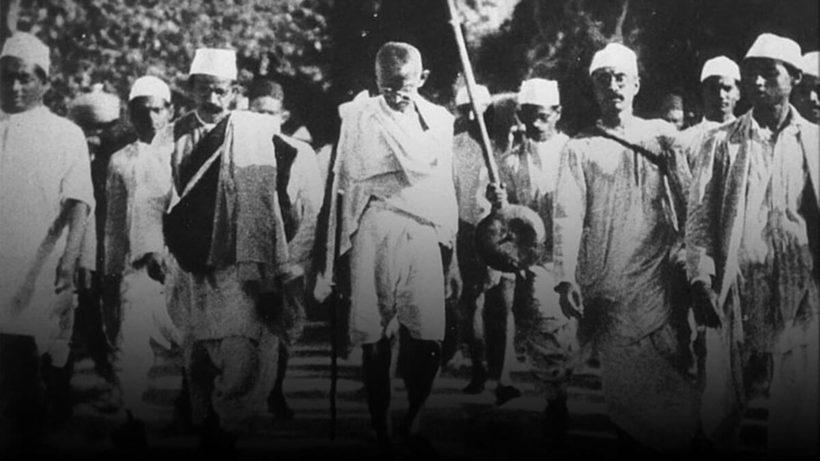
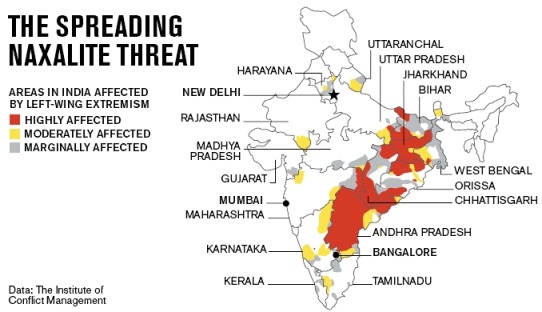
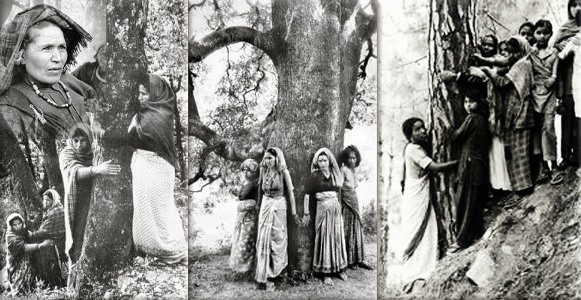
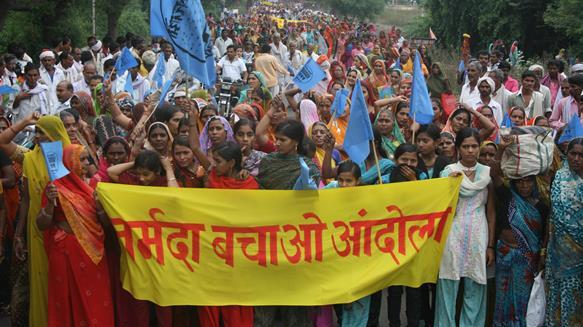
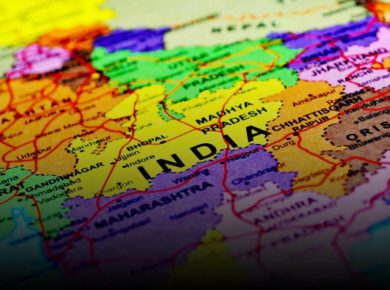

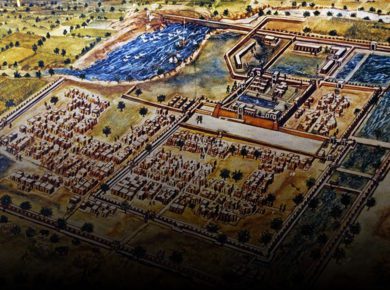
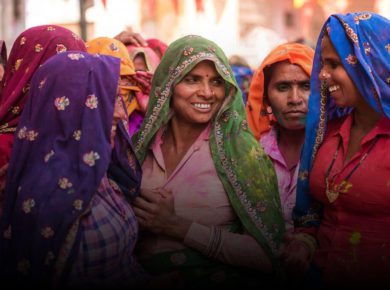

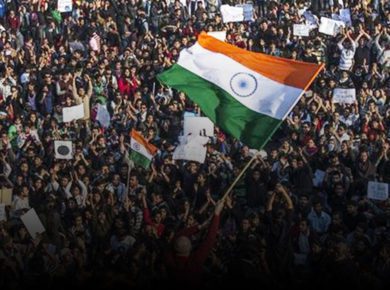



2 comments
Thanks for this article,it helped a lot
Nice article and useful information shared thanks.